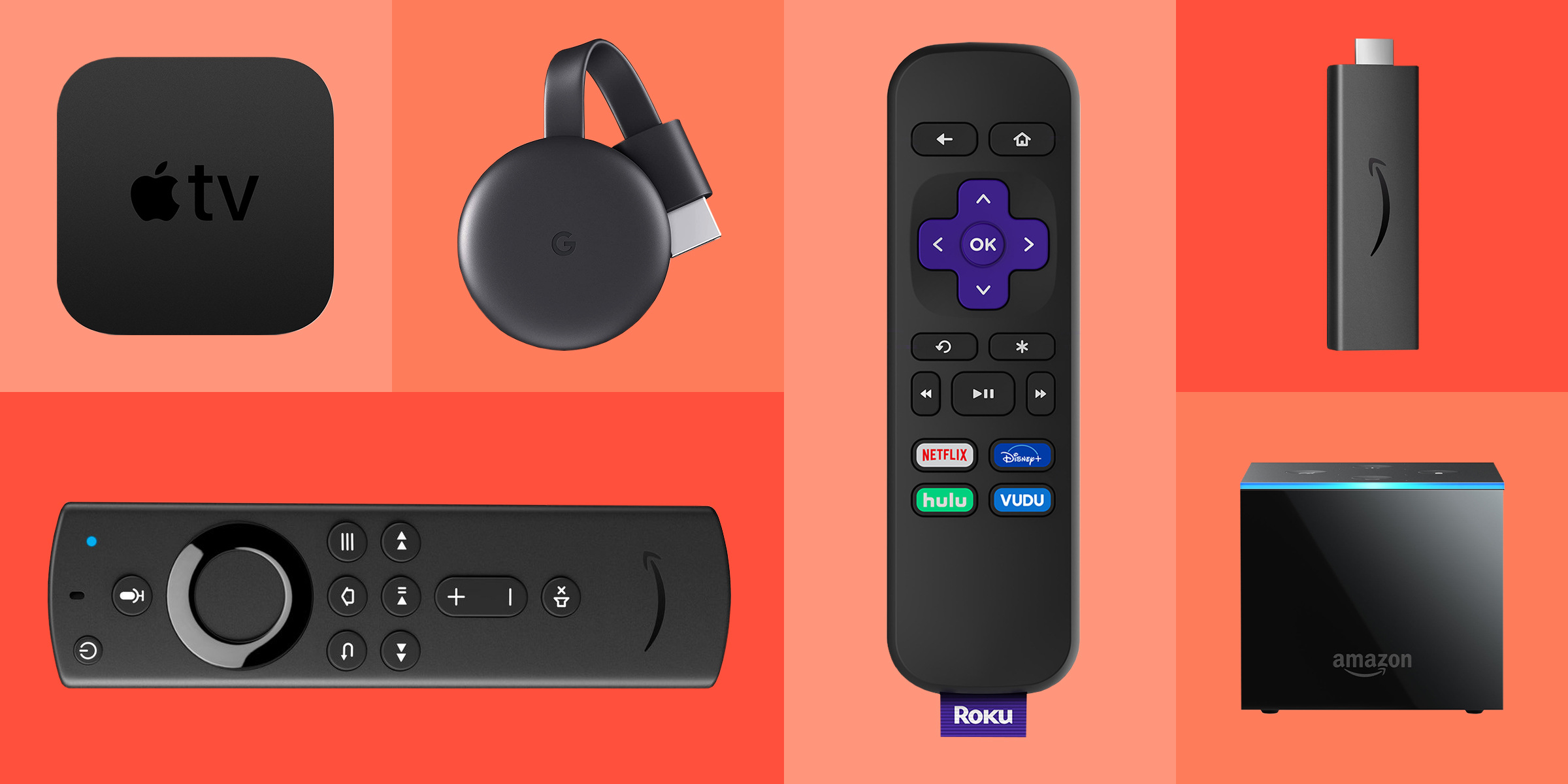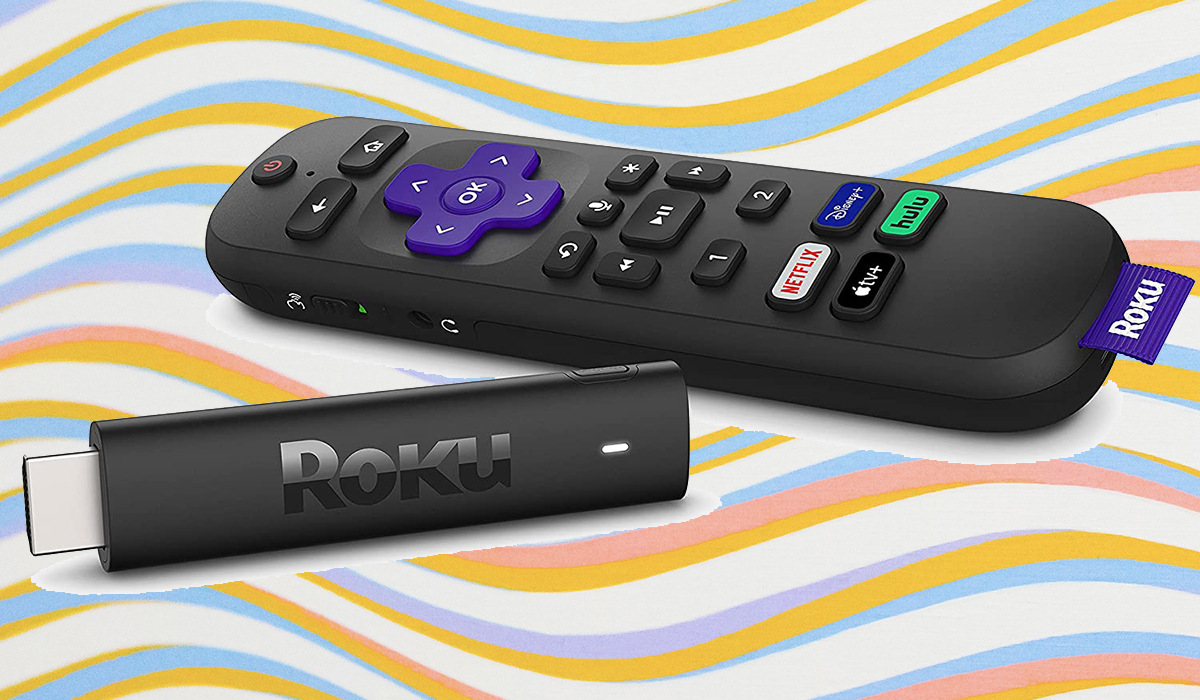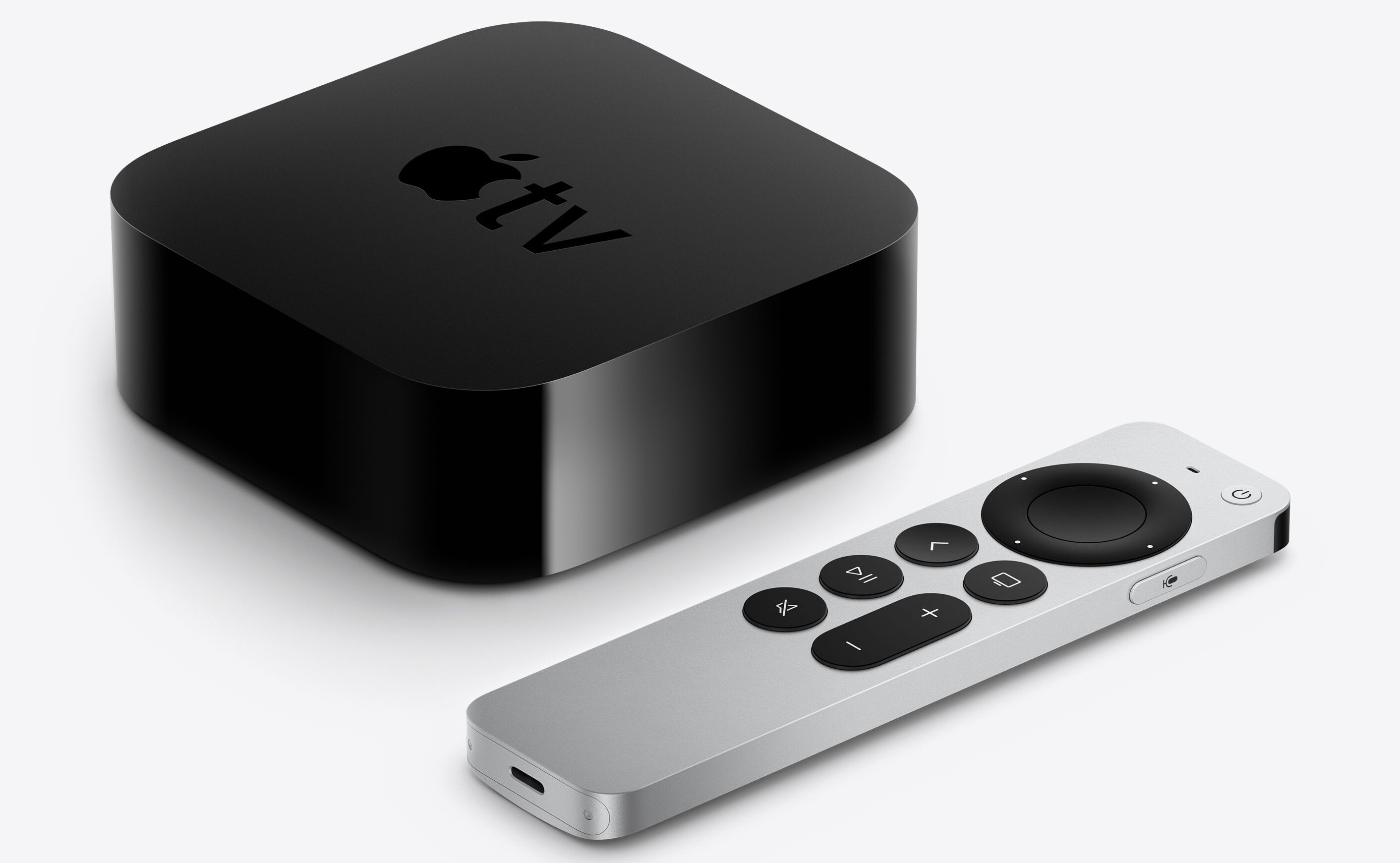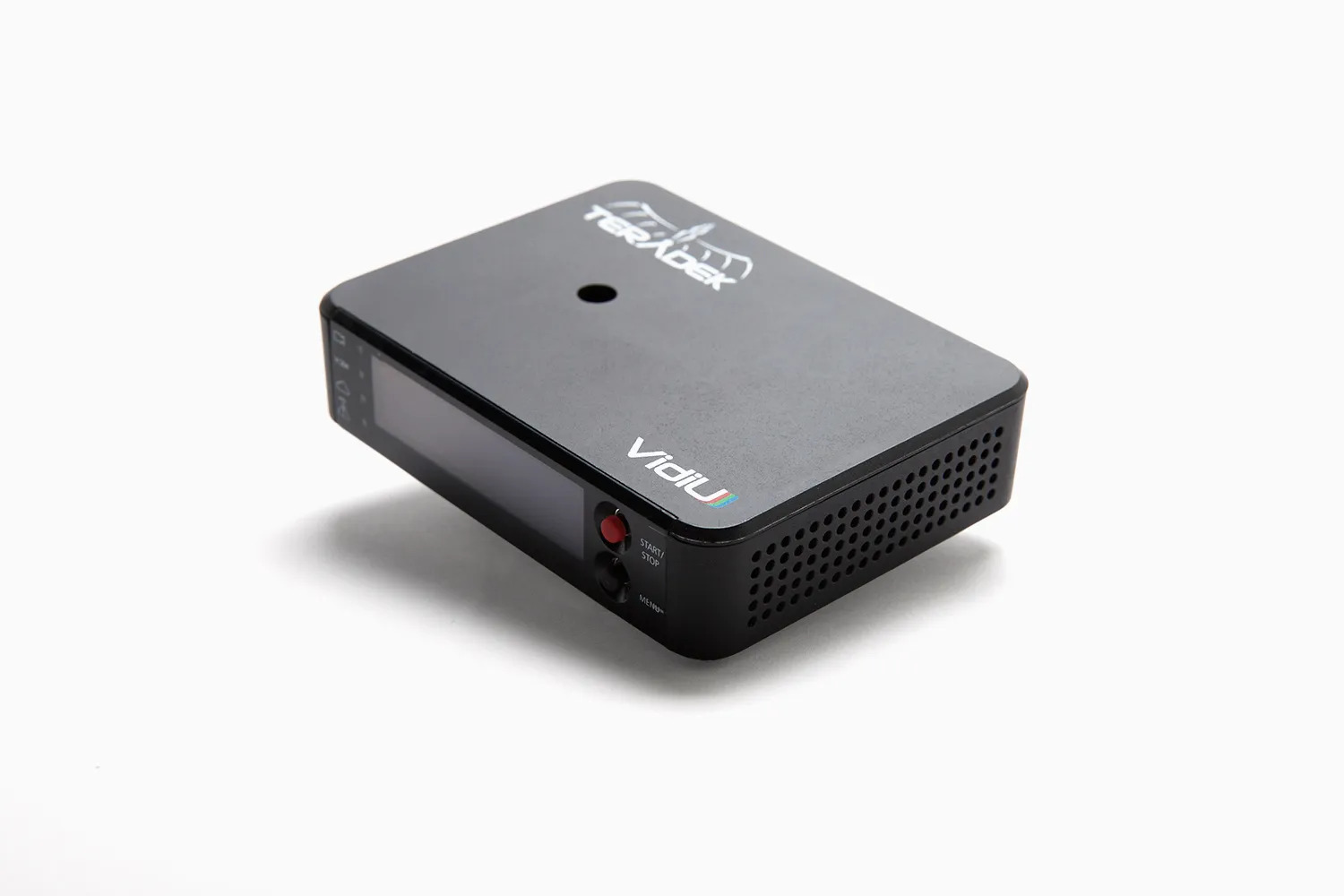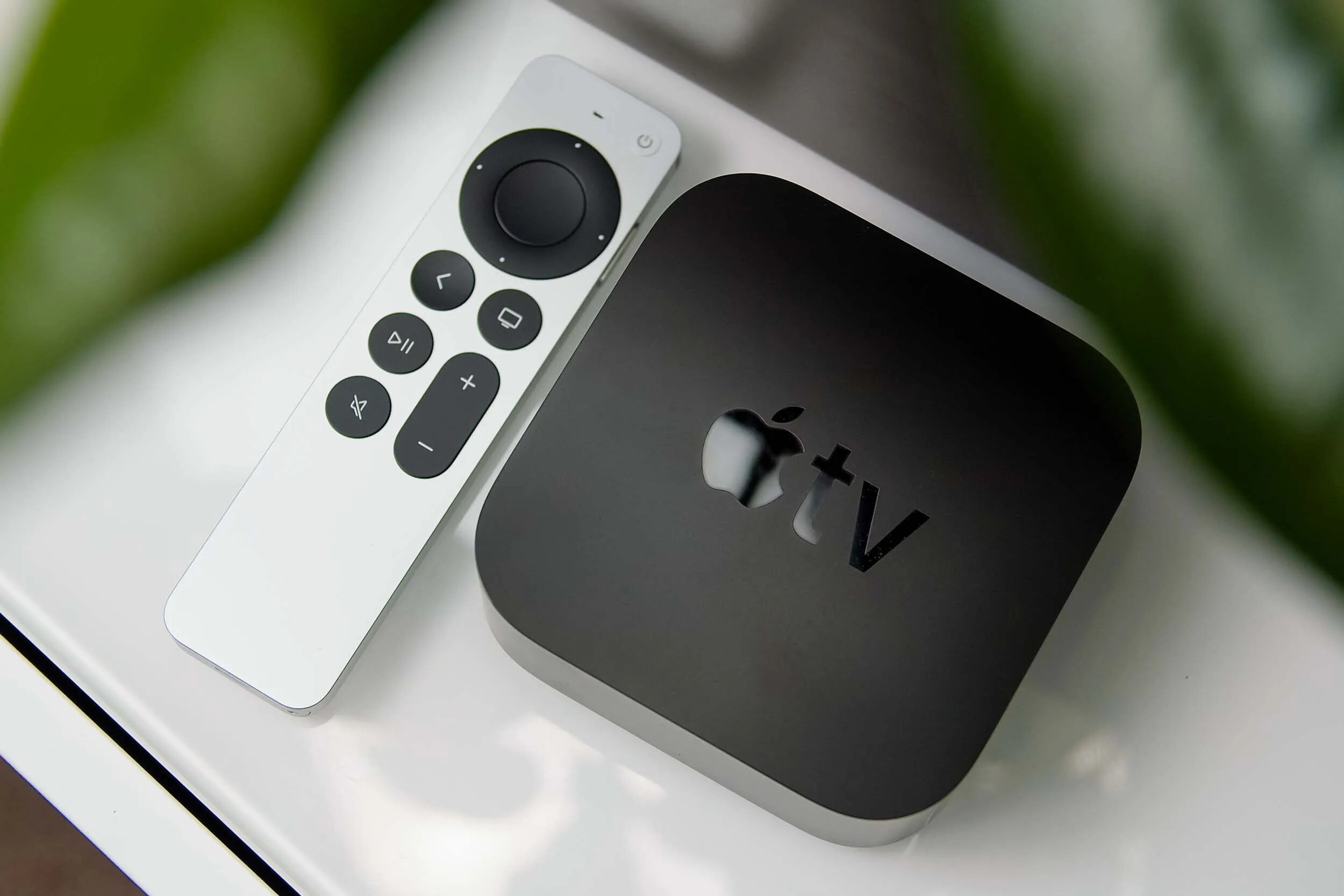Introduction
Welcome to the world of IoT, where devices of all kinds are interconnected, communicating, and creating a seamless digital landscape. The Internet of Things (IoT) has revolutionized the way we interact with technology and has opened up new possibilities for automation and connectivity. As the number of IoT devices continues to grow exponentially, the need for efficient and secure updates becomes paramount. This is where Over-The-Air (OTA) updates come into play.
OTA updates for IoT refer to the process of remotely updating firmware, software, or configurations of IoT devices using wireless communication. Just like our smartphones and computers receive regular updates, IoT devices also require periodic updates to enhance functionality, fix bugs, and strengthen security. OTA updates provide a convenient and efficient way to keep IoT devices up-to-date, ensuring optimal performance and staying ahead of potential vulnerabilities.
With the growing number of connected devices, OTA updates have become an essential part of IoT infrastructure. They enable manufacturers and developers to deliver improvements and new features to users without physically accessing and updating each device one by one. Moreover, OTA updates enhance the longevity of IoT devices by allowing for future upgrades, extending their lifespan and reducing electronic waste. These updates are crucial in ensuring that IoT devices remain compatible with evolving technologies and standards.
In this article, we will delve into the world of OTA updates for IoT, exploring their importance, how they work, and the benefits they bring. We will also discuss some of the challenges and security considerations associated with OTA updates, as well as provide examples of how OTA updates are being implemented across various industries.
What is IoT?
The Internet of Things (IoT) is a concept that refers to a network of physical devices, vehicles, appliances, and other objects embedded with sensors, software, and connectivity that enables them to connect and exchange data. These devices, often referred to as “smart” devices, are equipped with sensors, processors, and communication modules that allow them to collect and share information over the internet.
The primary goal of IoT is to create a seamless and interconnected ecosystem where devices can communicate and interact with each other and perform tasks without human intervention. This opens up a world of possibilities, where everyday objects can be controlled and monitored remotely, making our lives more convenient, efficient, and productive.
IoT devices come in various forms, ranging from smartphones, smart thermostats, and fitness trackers to industrial machinery, smart cars, and even smart cities. They collect and generate vast amounts of data, which can be analyzed to gain valuable insights and make informed decisions.
IoT has made significant advancements in many industries, including healthcare, agriculture, transportation, manufacturing, and energy. In healthcare, IoT devices can monitor patients’ vital signs and transmit real-time data to healthcare professionals, enabling remote patient monitoring and personalized care. In agriculture, IoT sensors can provide information on soil moisture, temperature, and other environmental factors, helping farmers optimize irrigation and increase crop yield. In transportation, IoT-enabled vehicles can communicate with traffic lights and other vehicles to enhance safety and reduce congestion.
The possibilities of IoT are virtually limitless. As more devices become interconnected, the potential for innovation and automation increases. However, this interconnectedness also brings challenges, as it opens up new avenues for cybersecurity threats and privacy concerns. The seamless integration of IoT devices into our lives requires careful consideration of security protocols and data privacy regulations.
In the next sections, we will explore how OTA updates play a vital role in the maintenance and security of IoT devices, ensuring that they stay updated, reliable, and secure.
What is OTA?
Over-The-Air (OTA) refers to a method of wirelessly transmitting data to devices, allowing for remote updates without the need for physical connections or manual interventions. OTA updates have become increasingly important in the world of IoT, where a large number of devices are deployed in various locations.
In the context of IoT, OTA updates involve remotely updating firmware, software, or configurations on IoT devices using wireless communication protocols such as Wi-Fi, cellular networks, or satellite connections. This means that IoT devices can receive updates without requiring direct physical access or human intervention.
OTA updates have been widely used in other industries, such as smartphones, where operating system upgrades are typically delivered over the air. The ability to update devices remotely is highly beneficial, as it saves time, reduces cost, and minimizes disruption to the end-users.
For IoT devices, OTA updates play a crucial role in ensuring device functionality, security, and performance. By leveraging OTA updates, manufacturers and developers can distribute updates to a large number of devices simultaneously, ensuring that all devices are running the latest software versions and are equipped with the latest features.
Moreover, OTA updates are not limited to software updates. They can also include firmware updates to address hardware issues, security patches to protect against emerging threats, and configuration updates to optimize device settings. These updates can improve device performance, fix bugs, add new functionalities, and enhance security measures.
OTA updates for IoT devices can be initiated by the device manufacturer, the device owner, or even automatically based on predefined schedules or triggers. For example, a smart thermostat may receive updates from the manufacturer to improve energy-saving algorithms, or a security camera may receive updates to enhance its intrusion detection capabilities.
Overall, OTA updates provide a convenient and efficient method to keep IoT devices up-to-date and secure. They ensure that devices remain compatible with evolving technologies and standards, and they extend the lifespan of devices by allowing for future upgrades and improvements.
In the following sections, we will explore how OTA updates work for IoT devices and discuss the importance, benefits, challenges, and security considerations associated with OTA updates in the IoT landscape.
The Importance of OTA Updates for IoT
OTA updates play a crucial role in ensuring the functionality, security, and longevity of IoT devices. Here are several reasons why OTA updates are important for the IoT ecosystem:
1. Security: With the increasing number of connected devices, security vulnerabilities are a significant concern. OTA updates enable manufacturers to quickly address and patch security vulnerabilities on IoT devices. Regular updates ensure that devices are equipped with the latest security measures, protecting against emerging threats.
2. Bug Fixes and Performance Enhancements: Like any other software-driven technology, IoT devices may encounter bugs or performance issues. OTA updates allow manufacturers to release bug fixes and performance enhancements remotely, improving the overall user experience and device reliability.
3. Feature Enhancements: Over time, IoT devices may require new features or functionalities to stay relevant and meet changing user needs. OTA updates make it possible for manufacturers to introduce new features to IoT devices without requiring users to purchase new hardware.
4. Compliance and Compatibility: Standards and regulations for IoT devices evolve over time. OTA updates ensure that IoT devices remain compliant with the latest industry standards and regulations. They also enable devices to remain compatible with evolving communication protocols, ensuring seamless integration within the IoT ecosystem.
5. Remote Management and Efficiency: Managing and updating a large number of IoT devices manually can be time-consuming and costly. OTA updates provide a centralized and efficient method to remotely manage and update devices. This saves time, reduces infrastructure costs, and minimizes disruptions to end-users.
6. Extended Device Lifespan: IoT devices can have a long lifespan, but their software and features may become outdated. OTA updates allow manufacturers to release software upgrades and new features, extending the lifespan of IoT devices and reducing electronic waste.
7. User Experience: Updating IoT devices seamlessly and automatically enhances the user experience. Users do not have to worry about manually updating their devices or missing out on new features and improvements. OTA updates make the process effortless and ensure a consistent and up-to-date user experience.
Overall, OTA updates are essential for ensuring the security, functionality, and longevity of IoT devices. They enable manufacturers to address vulnerabilities, release improvements, and introduce new features remotely. With the rapid growth of IoT, OTA updates will continue to play a vital role in keeping devices up-to-date, secure, and compatible with evolving technologies.
How Do OTA Updates for IoT Work?
OTA updates for IoT devices involve a series of steps to wirelessly transmit and apply updates to the firmware, software, or configurations of the devices. Here is a simplified overview of how OTA updates for IoT work:
1. Update Package Creation: The first step in OTA updates is the creation of an update package. This package contains the necessary updates, such as firmware, software patches, or configuration changes. The update package is usually created by the manufacturer or developer and is prepared to be deployed to the IoT devices.
2. Update Distribution: Once the update package is prepared, it needs to be distributed to the IoT devices. This can be done through various means, such as over-the-air transmission via Wi-Fi, cellular networks, or satellite connections. The devices need to be connected to the internet to receive the updates.
3. Device Recognition: When the update package is available, the IoT devices need to recognize and accept the update. This can be done through a notification sent to the device or by configuring the devices to check for updates periodically. The devices need to have the necessary software and protocols in place to handle OTA updates.
4. Download and Verification: Once the update is recognized, the IoT device starts the download process. It downloads the update package securely over the internet. During the download process, the device may also verify the integrity and authenticity of the update package using digital signatures or other security measures to ensure that the update has not been tampered with.
5. Update Installation: After the update package is successfully downloaded and verified, the IoT device proceeds with the installation process. This involves applying the updates to the device’s firmware, software, or configurations. The device may also perform necessary checks and validations during the installation process to ensure that the update is applied correctly and does not disrupt the device’s functionality.
6. Post-Update Validation: Once the update is installed, the IoT device may perform post-update validation to ensure that the update was successful and the device is functioning as intended. This may involve running self-tests, checking for any conflicts or issues, and reporting the update status back to the manufacturer or central management system.
It is important to note that the process of OTA updates may vary depending on the specific IoT device, its capabilities, and the manufacturer’s implementation. Additionally, security measures, such as encryption and authentication, are typically involved in the OTA update process to ensure the integrity and confidentiality of the update package and the transmission.
The use of OTA updates for IoT devices simplifies the update process, saves time, reduces costs, and minimizes disruptions to end-users. It allows manufacturers and developers to remotely deploy updates to a large number of devices, ensuring that the devices are up-to-date, secure, and optimized for performance.
Benefits of OTA Updates for IoT
OTA (Over-The-Air) updates bring numerous benefits to the world of IoT, enabling manufacturers, developers, and end-users to maximize the potential of connected devices. Here are several key benefits of OTA updates for IoT:
1. Convenience and Efficiency: OTA updates offer a convenient and efficient way to update IoT devices remotely. It eliminates the need for physical access to the devices or manual intervention, saving time and effort for both manufacturers and end-users.
2. Increased Device Longevity: IoT devices can have extended lifespans, but their software and features may become outdated over time. OTA updates allow manufacturers to release software upgrades and new features, extending the usefulness and life of IoT devices without requiring users to purchase new hardware.
3. Security Enhancements: Security is a critical concern in IoT, where vulnerabilities can expose devices and networks to potential threats. OTA updates enable manufacturers to quickly address security vulnerabilities by distributing patches and updates to devices. This helps keep IoT devices secure and protected from emerging threats.
4. Bug Fixes and Performance Improvements: IoT devices may encounter software or performance issues that can impact functionality and user experience. OTA updates allow manufacturers to release bug fixes and performance enhancements remotely, improving device reliability and user satisfaction.
5. Seamless Integration with New Technologies: As technology evolves, IoT devices need to be compatible with new communication protocols and technologies. OTA updates ensure that devices can seamlessly integrate with emerging technologies, enabling interoperability within the IoT ecosystem.
6. Cost Reduction and Scalability: OTA updates eliminate the need for manual updates, reducing infrastructure costs associated with physical access to devices. It also enables manufacturers to update a large number of devices simultaneously, ensuring scalability and cost-effectiveness in managing IoT deployments.
7. Compliance with Industry Standards: IoT devices need to comply with evolving industry standards and regulations. OTA updates allow manufacturers to keep devices up-to-date with the latest standards, ensuring compliance and adherence to industry requirements.
8. Enhanced User Experience: OTA updates enable users to enjoy the latest features, improvements, and bug fixes without any hassle. It enhances the overall user experience by ensuring that devices are always up-to-date and delivering optimal performance.
9. Reduced Downtime and Disruption: OTA updates can be scheduled during off-peak hours or implemented in the background, minimizing disruption to end-users. It ensures that devices remain operational and reduces downtime associated with updates.
Overall, OTA updates offer significant benefits for IoT devices, including convenience, increased longevity, enhanced security, improved performance, scalability, regulatory compliance, and an enhanced user experience. With the increasing adoption of IoT, OTA updates will continue to empower manufacturers and end-users to unlock the full potential of connected devices.
Challenges of OTA Updates for IoT
While OTA (Over-The-Air) updates bring significant benefits to IoT devices, they also present several challenges that need to be addressed. Here are some of the key challenges associated with OTA updates for IoT:
1. Connectivity and Bandwidth: IoT devices rely on stable and reliable connectivity for OTA updates. In some cases, devices may be located in remote or challenging environments with limited network coverage. Ensuring consistent connectivity and sufficient bandwidth can be a challenge, especially for devices deployed in rural areas or industrial settings.
2. Storage and Memory Constraints: IoT devices often have limited storage and memory capacities. OTA updates need to be designed and optimized to fit within the constraints of these devices. Large update packages may not be compatible with devices with limited resources, requiring careful consideration in package size and compression techniques.
3. Update Verification and Rollback: Ensuring the integrity and authenticity of OTA updates can be challenging. Verification mechanisms need to be in place to confirm that the update has not been tampered with during transmission. Additionally, there should be provisions for rollback in the event that an update fails or causes issues, ensuring that the device can revert to the previous working state.
4. Compatibility and Interoperability: OTA updates need to be compatible with the diverse range of IoT devices and their varying software and hardware configurations. Ensuring seamless compatibility and interoperability across different device models, versions, and manufacturers can be a challenge, requiring extensive testing and validation.
5. Timing and Synchronization: Coordinating OTA updates for a large number of devices can be complex, particularly when devices are in different time zones or operating in different regions. Ensuring that updates are delivered at the appropriate time and synchronized across devices can be challenging, especially when dealing with a global IoT ecosystem.
6. Power Management: OTA updates can consume significant power and drain the battery life of IoT devices, particularly if the update process requires extended periods of active connectivity or computation. Managing power consumption during updates is crucial to avoid disrupting device operation or causing premature battery depletion.
7. Security and Privacy: While OTA updates enhance device security, they also present potential security risks. Malicious actors may attempt to intercept or manipulate updates, compromising the integrity of the device or introducing malware. Robust security measures, such as encryption, secure boot, and digital signatures, need to be implemented to protect OTA update processes.
8. User Acceptance and Failure Recovery: Users may be reluctant to install OTA updates, fearing potential issues or disruptions. Educating and building trust with users is crucial to overcome resistance to updates. Additionally, having a robust mechanism for recovering from failed updates and ensuring a smooth rollback process in case of update issues is essential for user acceptance.
Addressing these challenges requires careful planning, testing, and ongoing monitoring of OTA update processes. Manufacturers, developers, and ecosystem partners need to work together to mitigate these challenges and ensure that OTA updates for IoT devices are reliable, secure, and seamless.
Security Considerations for OTA Updates
OTA (Over-The-Air) updates for IoT devices offer numerous benefits, but security is a paramount concern. Implementing proper security measures is essential to ensure the integrity, authenticity, and confidentiality of OTA updates. Here are some key security considerations for OTA updates:
1. Encryption: Encryption is critical for securing OTA updates. All communication channels and data exchanged during the update process should be encrypted using strong cryptographic algorithms. This helps prevent unauthorized access, tampering, or eavesdropping of update packages.
2. Secure Boot: Implementing a secure boot process ensures that only trusted and authenticated firmware or software can be installed on IoT devices. It involves cryptographically verifying the integrity and authenticity of the update package before it is applied to the device, protecting against unauthorized or malicious updates.
3. Digital Signatures: Using digital signatures provides a means to verify the authenticity and integrity of the OTA update package. Developers or manufacturers should sign their update packages with private keys, and devices should verify these signatures using the corresponding public keys to ensure that the update has not been tampered with or modified.
4. Access Control: Protecting the update process requires strict access control measures. Only authorized parties should have access to update distribution servers, and the communication protocols should enforce appropriate authentication and authorization mechanisms to ensure that only legitimate devices can initiate or receive updates.
5. Update Verification: Devices need to verify the integrity and authenticity of the update package before installation. This can involve checking digital signatures, comparing hash values, or performing other validation mechanisms to ensure that the update is from a trusted source and has not been tampered with during transmission.
6. Malware Protection: OTA updates should include robust malware protection measures to prevent the distribution of malicious software. This can include regular scanning of update packages for malware, implementing behavior-based anomaly detection systems, and using trusted and reputable sources for update distribution.
7. Rollback and Recovery: In case of update failures or issues, it is crucial to have a well-defined rollback and recovery mechanism. This allows devices to revert to a previously known working state and recover from failed updates without compromising device functionality or security.
8. Update Integrity Monitoring: Devices should continuously monitor the integrity of the installed updates. This can involve regularly checking for tampering or unauthorized modifications in the update package or monitoring the behavior and performance of the device after the update to detect any anomalies or security breaches.
9. Ongoing Security Updates: Security threats and vulnerabilities can emerge over time. It is important to provide regular security updates to address new vulnerabilities or patch any discovered security gaps. OTA updates should not only focus on functional enhancements but also prioritize security updates to keep devices protected against evolving threats.
By considering these security measures and best practices, manufacturers and developers can ensure that OTA updates for IoT devices are secure, protecting against unauthorized access, tampering, and malware distribution. Continuous monitoring and improvement of the security processes are necessary to keep pace with the evolving security landscape.
Examples of OTA Updates for IoT
OTA (Over-The-Air) updates have become commonplace in the IoT ecosystem, with numerous examples across various industries. Here are a few real-world examples that highlight the significance of OTA updates:
1. Smart Home Devices: Smart home devices, such as smart thermostats, security systems, and lighting controls, often receive OTA updates to add new features, enhance security, and improve compatibility with other smart home devices. For example, a smart thermostat might receive an update to optimize energy-saving algorithms or to integrate with new home automation protocols.
2. Automotive Industry: In the automotive industry, OTA updates enable manufacturers to remotely update vehicle infotainment systems, navigation maps, and firmware. Updates can bring new features, improve connectivity and compatibility with smartphones, and address software bugs or security vulnerabilities. Tesla Motors is a prominent example, using OTA updates to deliver new features and performance enhancements to their electric vehicles.
3. Medical Devices and Wearables: IoT devices in the healthcare industry, such as wearable fitness trackers, remote patient monitoring devices, and implantable medical devices, often require OTA updates to ensure accurate data readings, improve performance, and address security vulnerabilities. Updates may also add new health tracking features or synchronize with new smartphone apps to provide a seamless user experience.
4. Industrial IoT (IIoT) Applications: In industrial settings, OTA updates are crucial for maintaining the functionality and security of IoT devices deployed in factories, oil and gas facilities, and utility networks. For instance, IoT sensors and control systems in manufacturing plants may receive OTA updates to improve process efficiency, address equipment issues, or enhance cybersecurity measures to protect against potential attacks.
5. Smart City Infrastructure: City-wide IoT deployments, such as smart lighting, parking sensors, and public transportation systems, often rely on OTA updates for software upgrades and security patches. These updates ensure efficient operation, optimize energy usage, address infrastructure issues, and enhance the overall functionality of smart city solutions.
6. Remote Monitoring and Asset Management: IoT devices used for remote monitoring and asset management, such as environmental sensors, supply chain trackers, or fleet management solutions, greatly benefit from OTA updates. Updates can improve the accuracy of data readings, add new monitoring capabilities, enhance battery life, and address security vulnerabilities to protect sensitive information.
7. Consumer Electronics: OTA updates are prevalent in consumer electronics, including smartphones, smart TVs, and Wi-Fi routers. These updates ensure that devices run the latest operating system versions, security patches, and software enhancements. They provide new features, fix bugs, and improve compatibility with other devices and platforms.
These examples highlight just a few of the many applications of OTA updates in the IoT landscape. As the number of connected devices continues to grow, OTA updates will remain crucial for maintaining device performance, security, and compatibility, while enabling manufacturers to deliver new features and improvements to users seamlessly.
Conclusion
OTA (Over-The-Air) updates have become an essential component of the IoT ecosystem, enabling manufacturers, developers, and end-users to leverage the full potential of connected devices. These updates provide a convenient and efficient way to remotely update firmware, software, and configurations, ensuring that IoT devices stay secure, up-to-date, and optimized for performance.
Throughout this article, we have explored various aspects of OTA updates for IoT. We discussed what IoT is and how it has revolutionized the way we interact with technology. We then delved into the concept of OTA updates, understanding their significance and the benefits they bring to the IoT landscape.
We explored how OTA updates work, covering key steps such as update package creation, distribution, device recognition, download, installation, and post-update validation. We also discussed the importance of OTA updates for maintaining device functionality, security, and longevity.
While OTA updates offer numerous benefits, we cannot ignore the challenges they present. From connectivity and compatibility issues to security concerns and power management, overcoming these challenges requires careful planning, implementation of best practices, and ongoing monitoring.
Security considerations for OTA updates are of utmost importance, ensuring the integrity, authenticity, and confidentiality of update packages. Encryption, secure boot, access control, and continuous monitoring are some of the critical security measures that need to be implemented to protect against unauthorized access, tampering, and malware distribution.
We also explored diverse examples of OTA updates in practical applications such as smart home devices, automotive industry, medical devices, industrial IoT, smart city infrastructure, and consumer electronics. These examples illustrate the widespread adoption of OTA updates across various industries and highlight their role in enhancing functionality, security, and user experience.
In conclusion, OTA updates are crucial for the maintenance, security, and evolution of IoT devices. They empower manufacturers, developers, and end-users to keep devices up-to-date, secure, and compatible with emerging technologies. Continual advancements in OTA update processes and security measures will drive the growth and advancement of the IoT ecosystem, facilitating innovation, convenience, and efficiency in our increasingly connected world.









